Canadian Entrepreneurship And Small Business Management 10th Edition By Wesley – Test Bank
Chapter 11
Human Resources Management
Multiple Choice Questions
- It is a commonly held belief that HR fundamentals:
A.apply only to larger organizations.
B. are mostly a matter of intuition.
C. are never of much value.
D. are applied mostly to please the market.
Difficulty: Easy
Learning Objective: 11-01 Explain the importance of human resources management to the small business.
Topic: 11-01 Human Resources Management and the Small Business
- Employees in small companies:
A.generally feel unsatisfied,
B. are more likely to rate their workplace as “good.”
C. do not usually have close relationships with the business owner(s).
D. usually want to be owners.
Difficulty: Easy
Learning Objective: 11-01 Explain the importance of human resources management to the small business.
Topic: 11-01 Human Resources Management and the Small Business
- Eventually most successful small business owners:
A.learn how to manage their successful business on their own.
B. find that their workload tends to diminish.
C. manage to transition to the new business levels without too much difficulty.
D. develop a management team.
Difficulty: Medium
Learning Objective: 11-01 Explain the importance of human resources management to the small business.
Topic: 11-01 Human Resources Management and the Small Business
- A recent survey found that 56 percent of small business owners:
A.increased the time and money invested in employee labour management.
B. decreased the time and money invested in employee labour management.
C. increased the time and money invested in employee training.
D. decreased the time and money invested in employee training.
Difficulty: Medium
Learning Objective: 11-01 Explain the importance of human resources management to the small business.
Topic: 11-01 Human Resources Management and the Small Business
- If an employee fails, then it is ultimately the responsibility of:
A.society.
B. fellow workers.
C. the person who hired them.
D. the educational system.
Difficulty: Medium
Learning Objective: 11-02 Illustrate the methods of planning for hiring and training employees.
Topic: 11-03 The Hiring Process
- Personnel requirements:
A.generally reflect customer preferences.
B. are often developed as part of a feasibility analysis.
C. are dependent on available labour force.
D. cannot be planned for.
Difficulty: Easy
Learning Objective: 11-02 Illustrate the methods of planning for hiring and training employees.
Topic: 11-03 The Hiring Process
- Job descriptions should include:
A.job titles, pay scales, and pension arrangements.
B. a questionnaire to determine an employee’s thinking.
C. a history of why previous personnel have failed in the position.
D. what is to be done, how it is to be done, and why it is to be done.
Difficulty: Hard
Learning Objective: 11-02 Illustrate the methods of planning for hiring and training employees.
Topic: 11-03 The Hiring Process
- The most common methods of recruitment for small businesses were:
A.referrals from friends and employees.
B. hiring from other businesses.
C. media ads.
D. government agencies.
Difficulty: Medium
Learning Objective: 11-02 Illustrate the methods of planning for hiring and training employees.
Topic: 11-05 The Screening Process
- Checking of references for job applicants is considered:
A.to be a screening device.
B. to be an invasion of privacy.
C. to be generally unreliable.
D. to be a waste of time.
Difficulty: Medium
Learning Objective: 11-03 Identify the principles of effective human resources management for the small business.
Topic: 11-06 Candidate Selection and Notification of the Hiring Selection
- Offers of employment should include:
A.a request for a convenient start date from the employee’s point of view.
B. an advance on salary.
C. terms and conditions associated with the job.
D. a request for vacation dates.



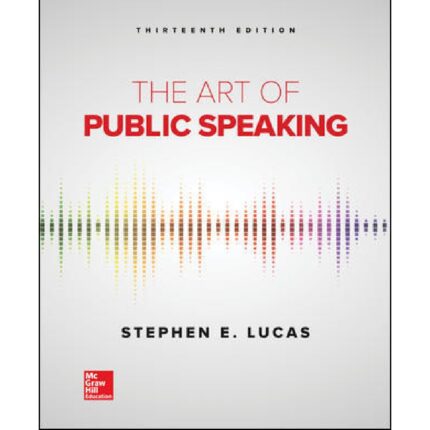

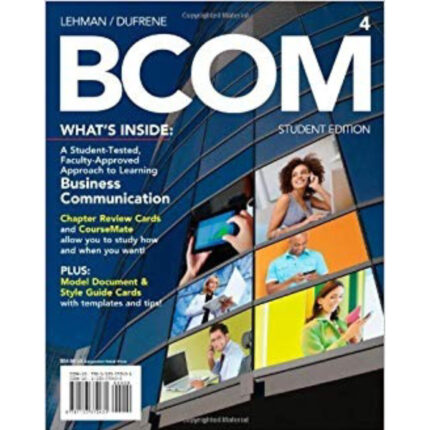


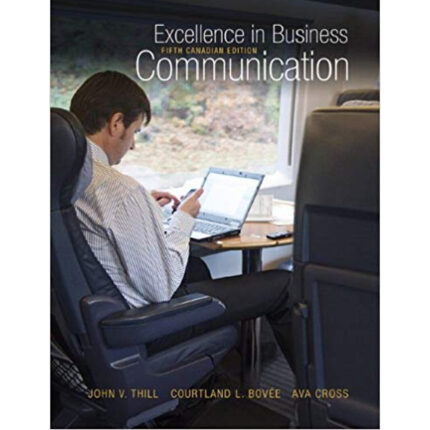
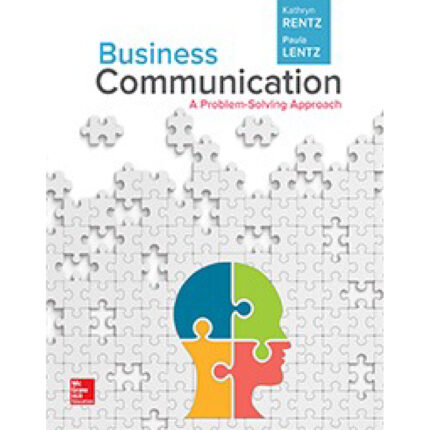
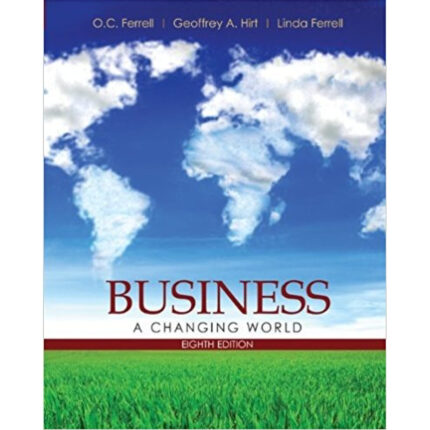
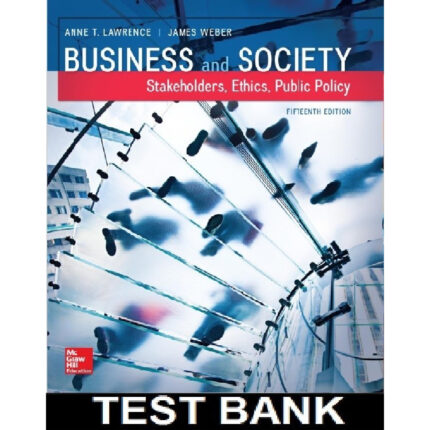

Reviews
There are no reviews yet.